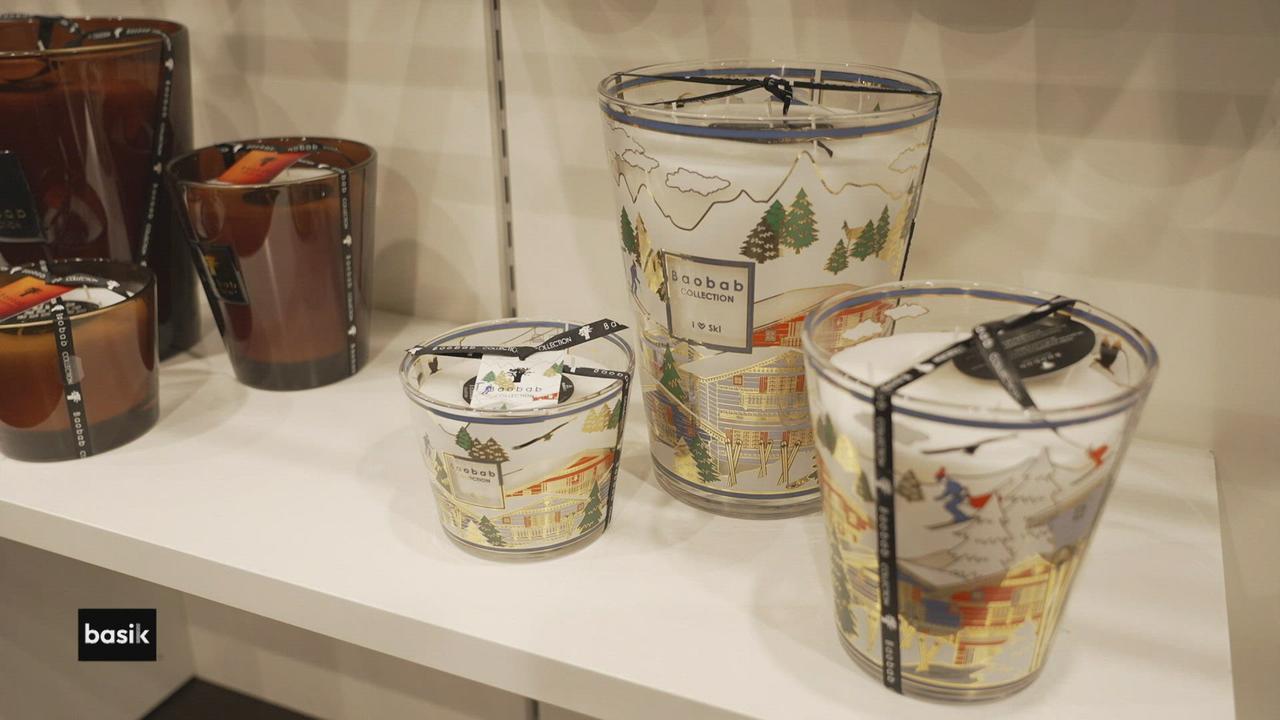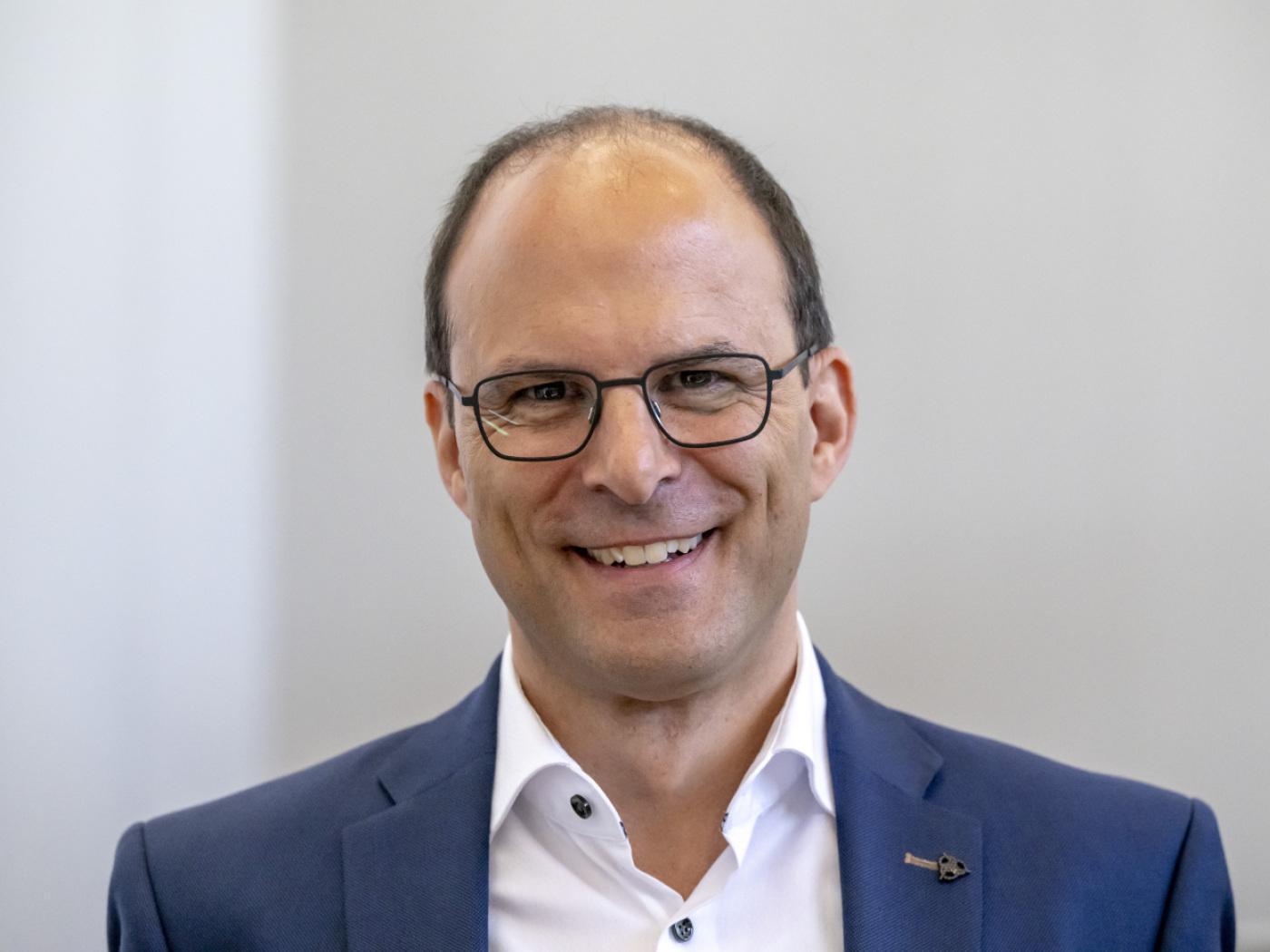The malinvestments generated by the government’s response to COVID continue to be revealed with time and higher interest rates. What seemed like a good idea at the time—with low interest rates and the threat of a future of mutating viruses—was the building of life-sciences buildings. Paul Cwik writes in his new book Austrian Business Cycle An Introduction, “Entrepreneurs engage in ventures that are built upon the temporary stimulative credit injections.”
In less academic terms, “A lot of people just threw money in stupidly,” Joel Marcus—executive chairman and founder of Alexandria Real Estate Equities, one of the largest owners of life-sciences property in the US—told the Wall Street Journal’s Peter Grant, progeny of Jim Grant. Grant explains,
When the pandemic hit, developers moved at warp speed to develop life-sciences workspaces with climate-controlled laboratories and specialized systems for controlling tiny vibrations that could interfere with experiments, as well as for ventilation, fire safety and power.
In the five years before the pandemic, on average, 3.7 million square feet of life-science product was added yearly. During COVID, promiscuous lenders offering cheap money for the new-new thing pushed developers to build more than 59 million square feet of new life-science space since Q1 2020, with an additional 19.1 million square feet in the pipeline in the US. “This is the age-old story of real-estate developers over-responding,” said Travis McCready, head of life sciences, Americas markets for JLL.
As the Austrian Business Cycle Theory would predict, after the Fed boosted the Fed Funds rate—from zero to 525 basis points and the threat of COVID and other viruses subsiding—the demand for life-sciences real estate has waned. Grant writes “troubled life-sciences developments are sending shock waves through the financial system.” High quality life-sciences properties are down about 15 percent to 20 percent in value from the peak in 2022. Supply and demand pressures are the primary culprit, plus “high” interest rates.
For instance, aggressive construction lender—Bank OZK—provided just short of $915 million in construction financing to IQHQ, a large life-sciences property developer. The bank claims all is well, but the borrower has negotiated a two-year loan extension “in anticipation of a longer than originally expected leasing cycle.”
Since the need for climate-controlled laboratories has abated, developers are repurposing their properties as office space. “They’re no longer aspiring to get $100 [per square foot] rents,” said Fred Borges, a senior managing director of Boston-based investment firm Rockpoint Group, referring to the asking rents for lab space. “They will gladly do a deal for $70 on the office side.”
The reader may be saying to themselves, “Isn’t there already a glut of office space?” Grant mentions one nine-story project in a Boston suburb where the developer has stopped building. “Construction has paused until market conditions improve,” the developer told Grant. To that point, Rothbard wrote, “During the depression, excessive investment is abandoned, resulting eventually in recovery to a sound and normal condition.”
With the Fed ready to embark on another distortive rate-cutting cycle, “sound and normal condition” will never be allowed.
Full story here Are you the author? Previous post See more for Next postTags: Featured,newsletter





















